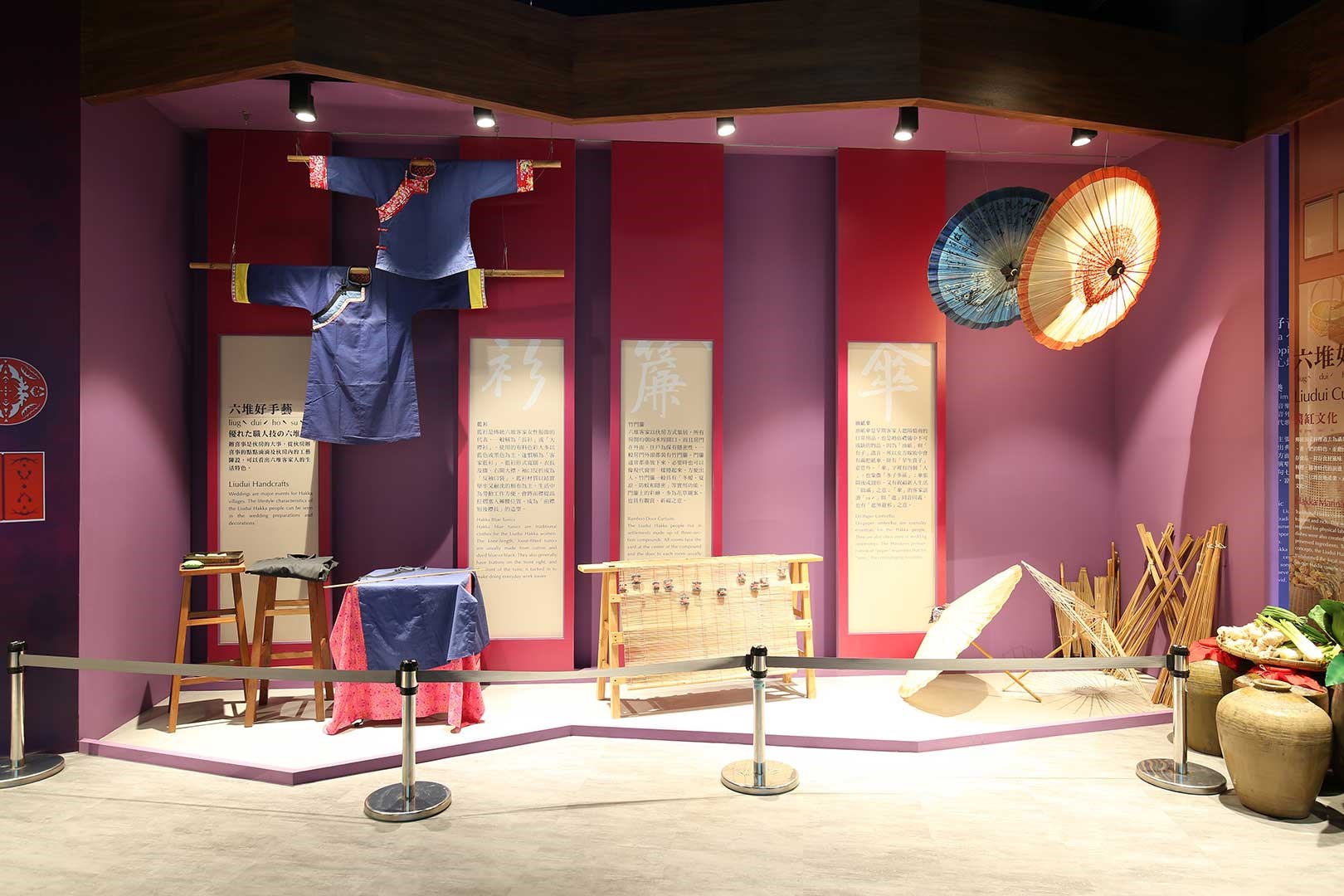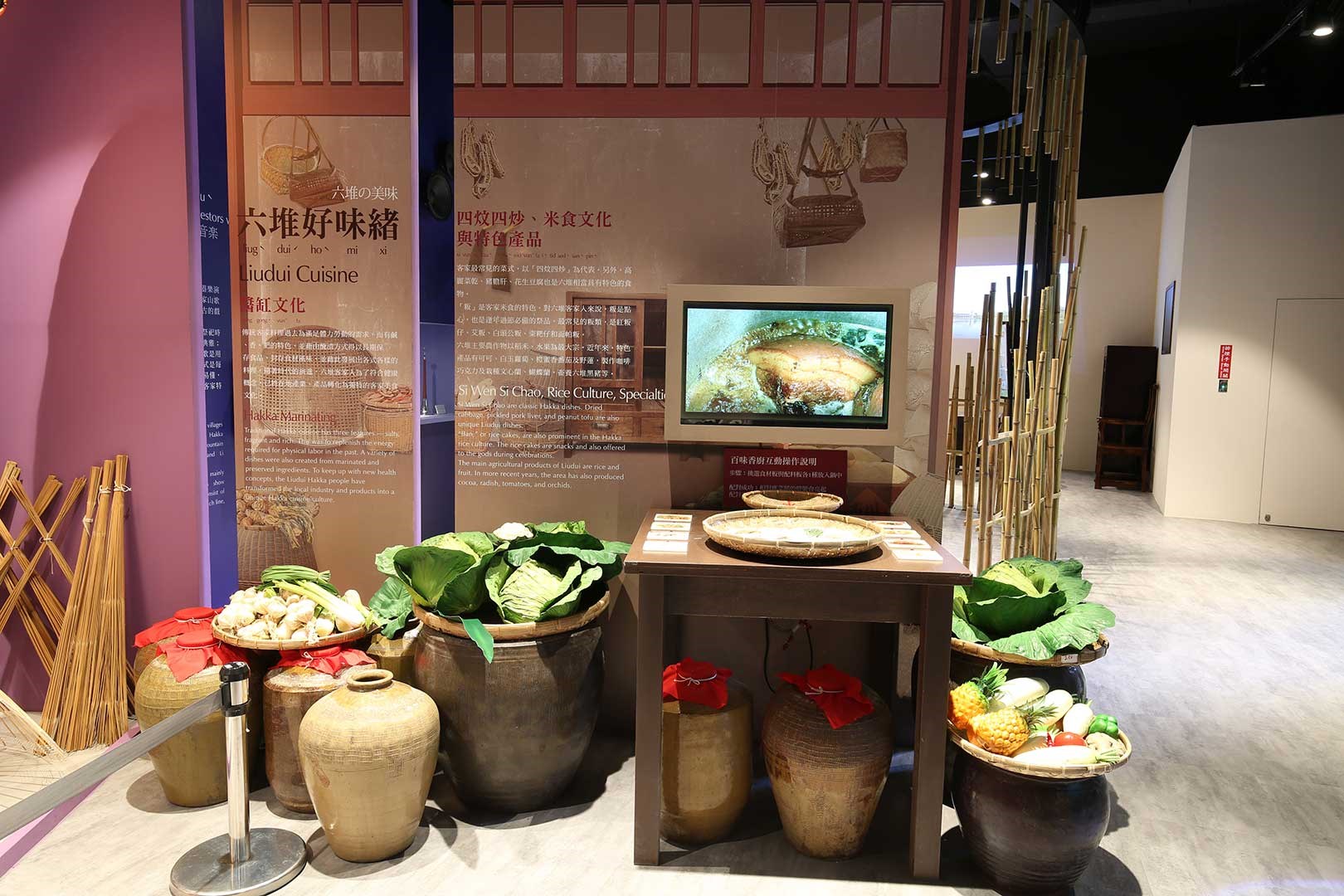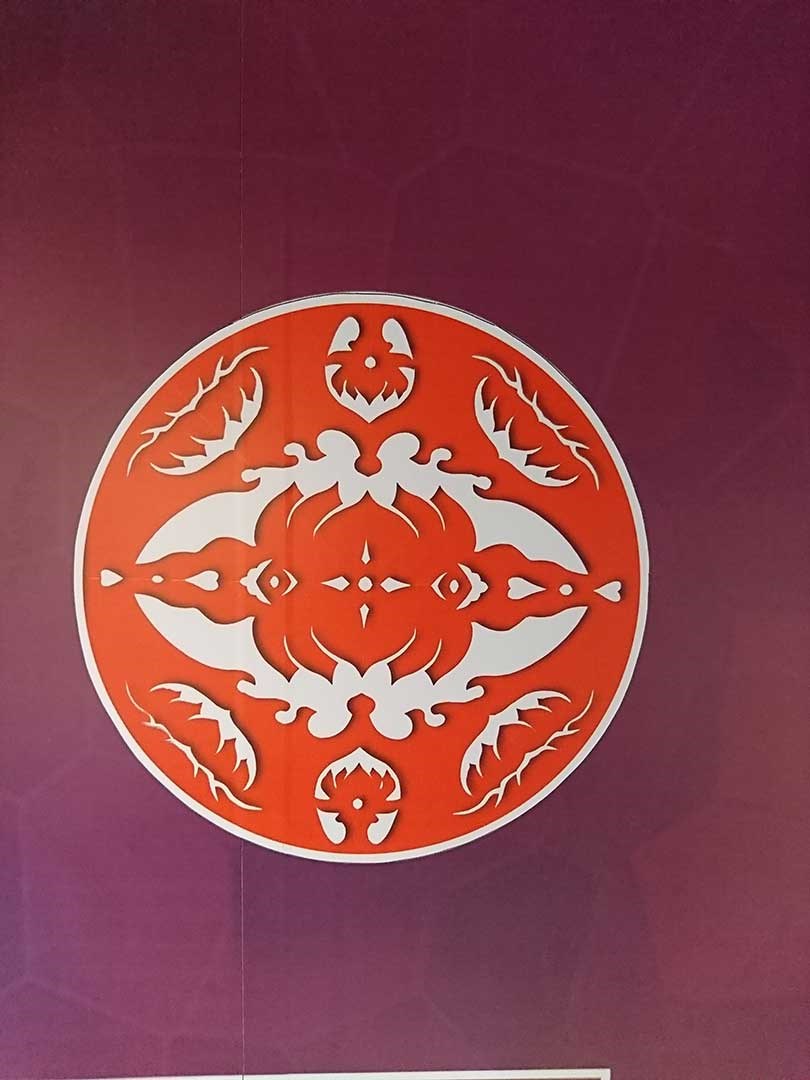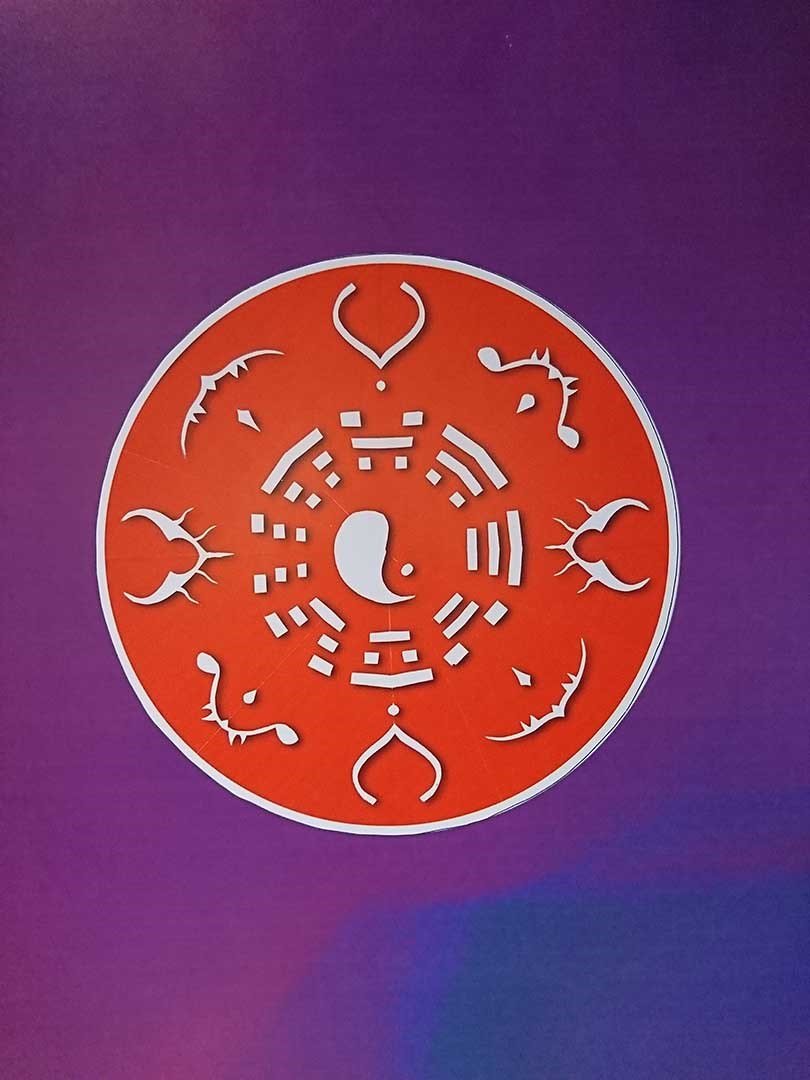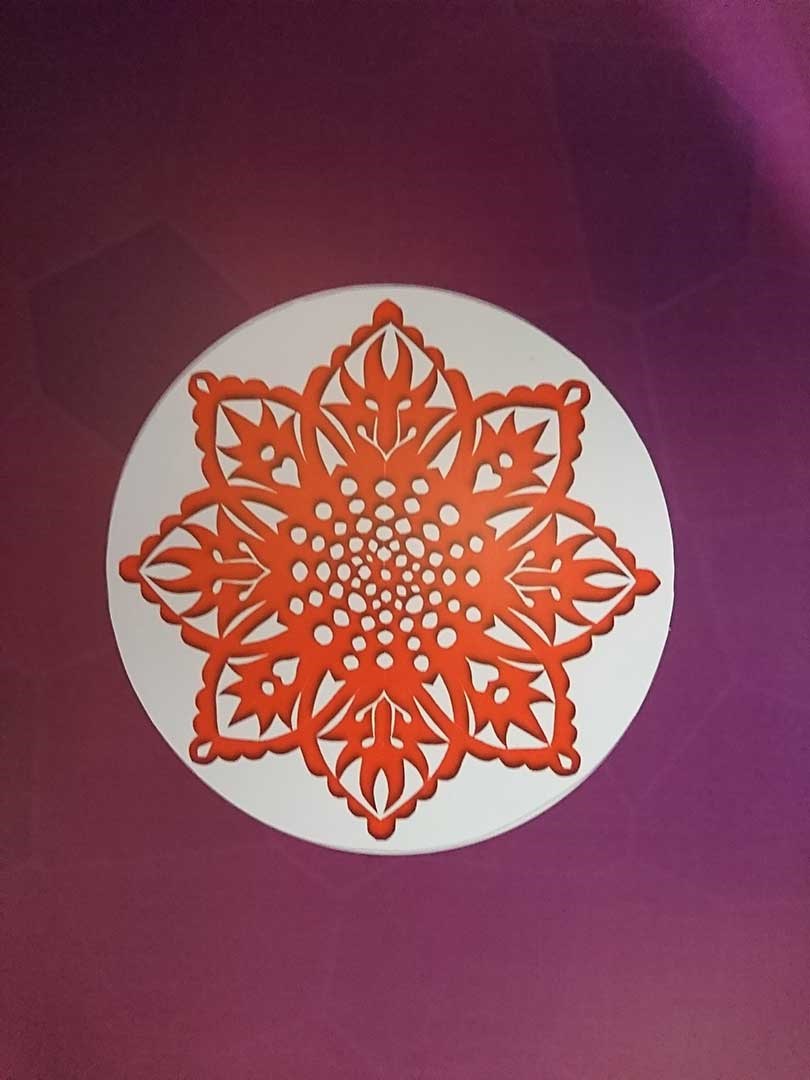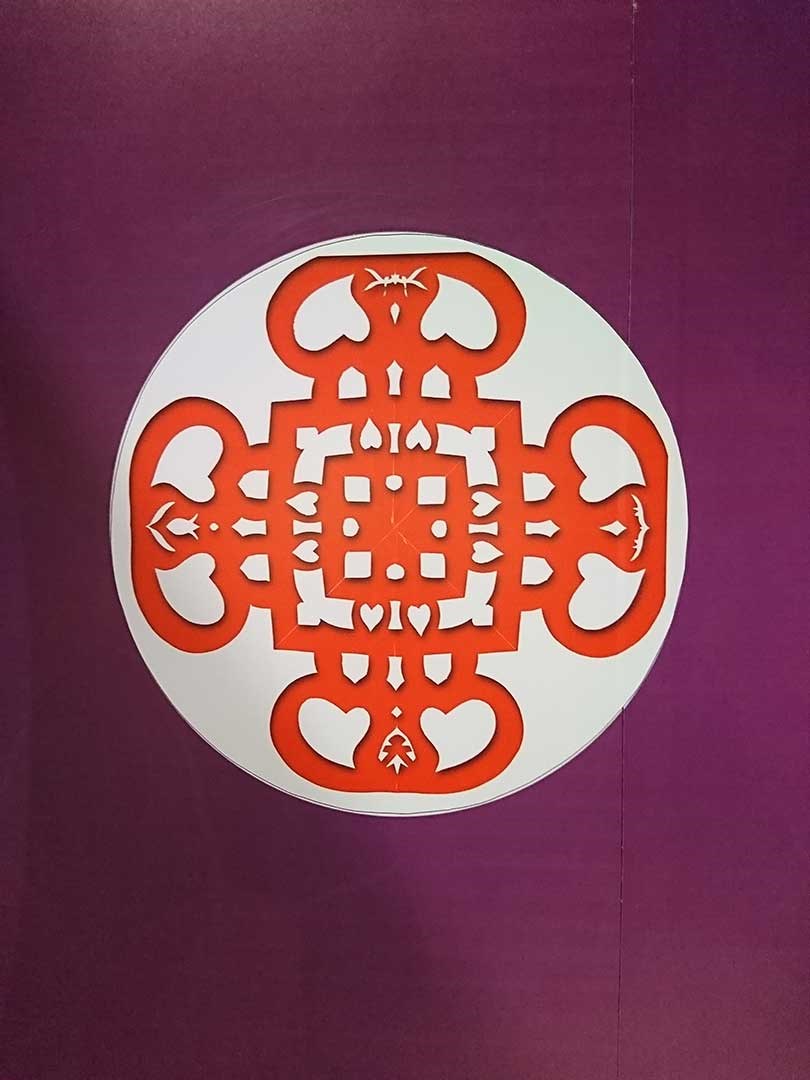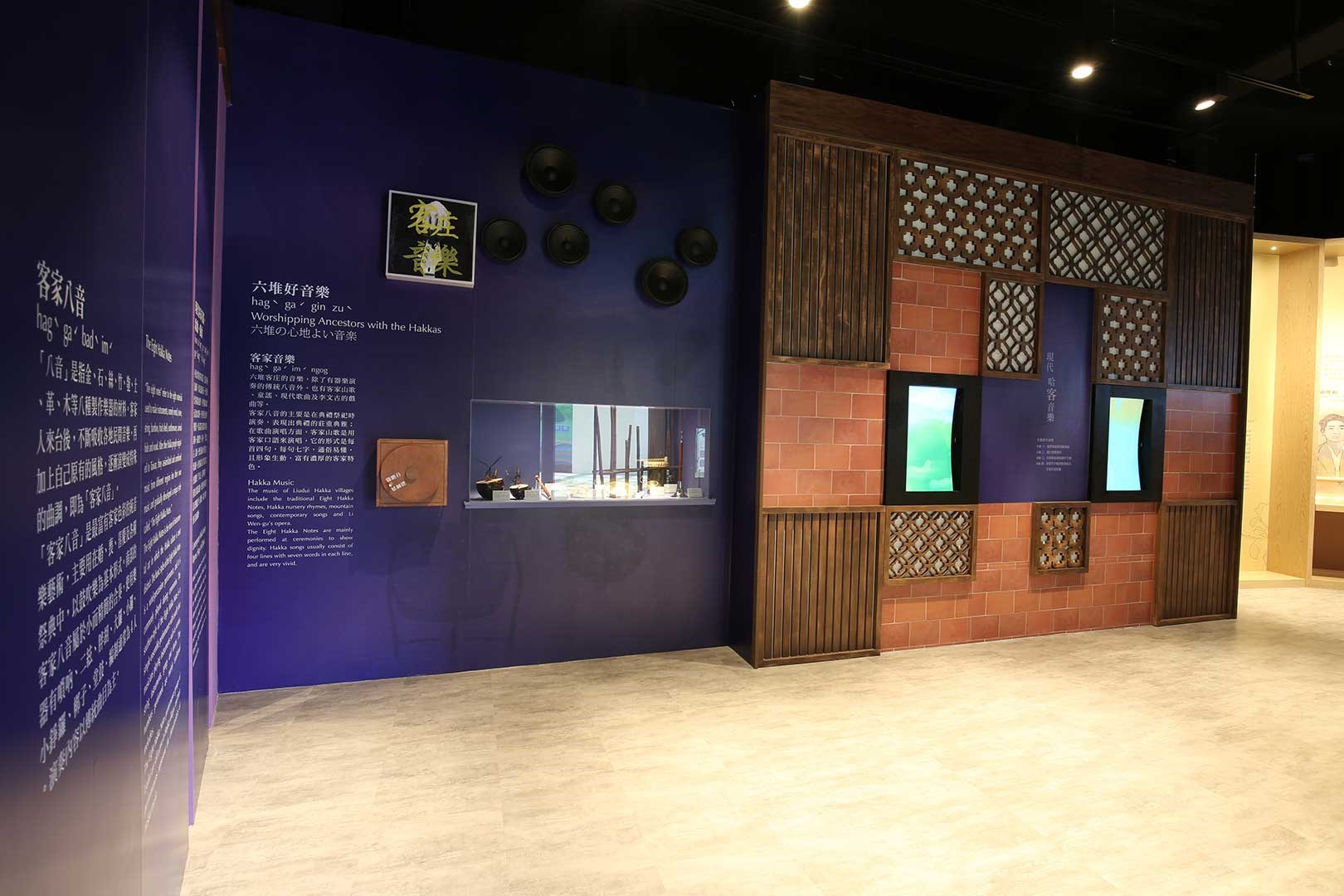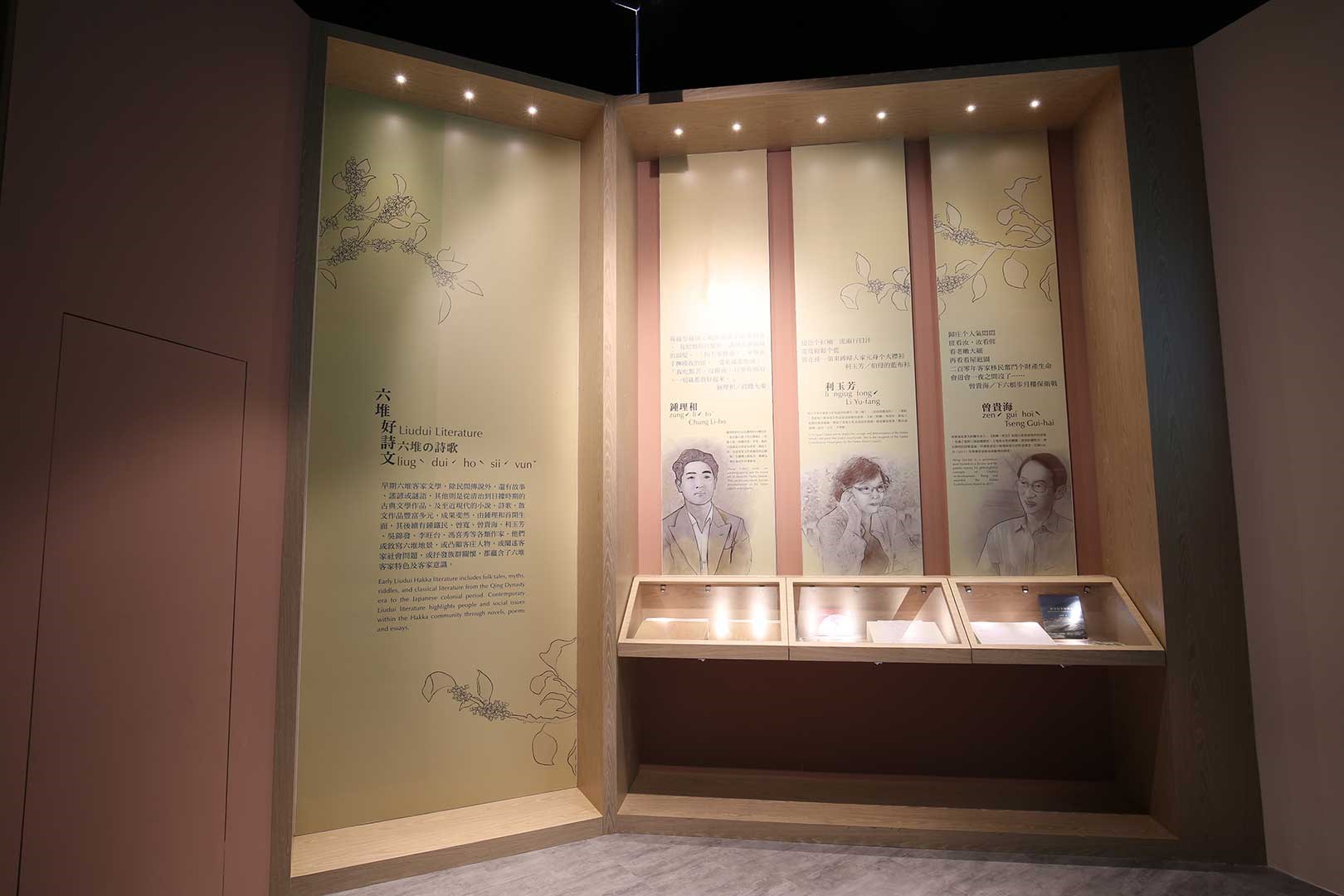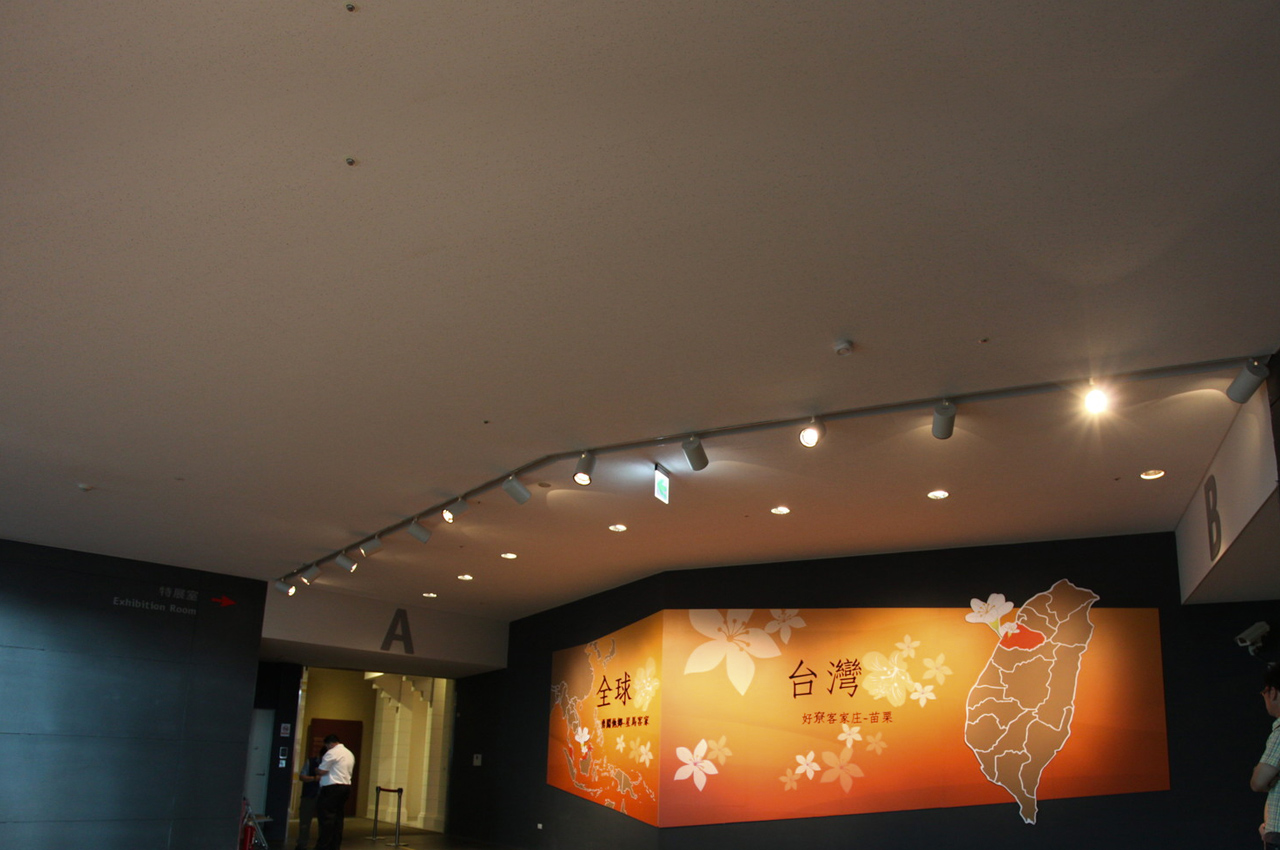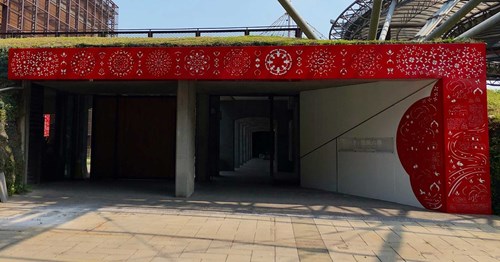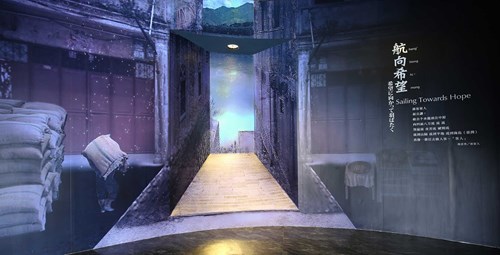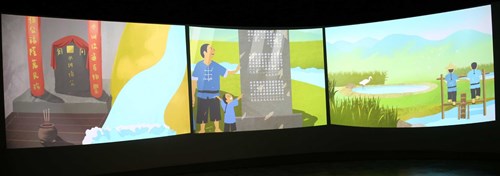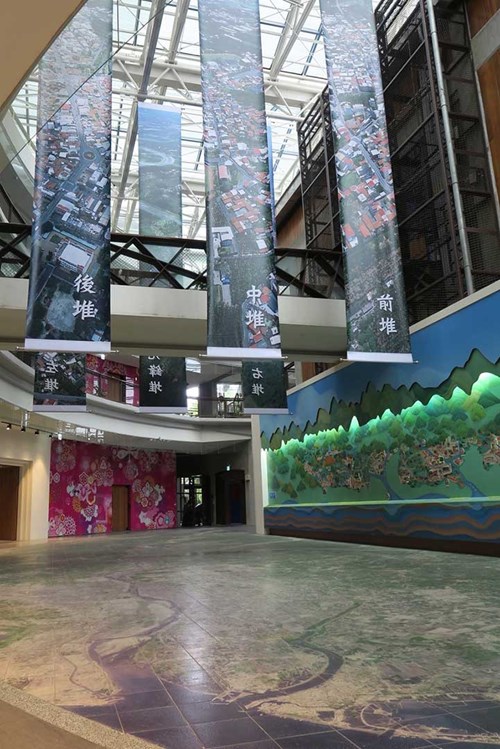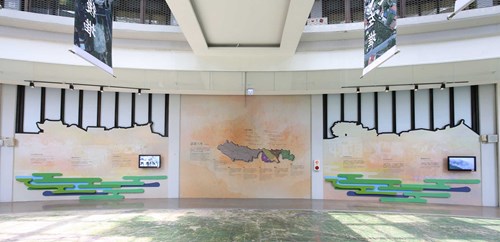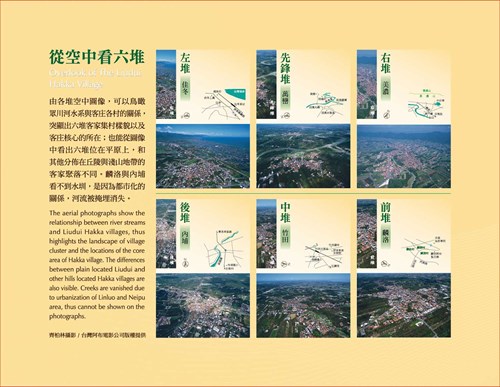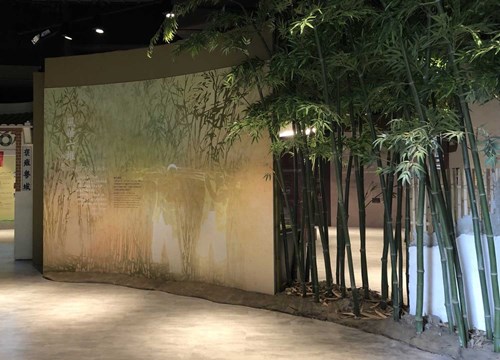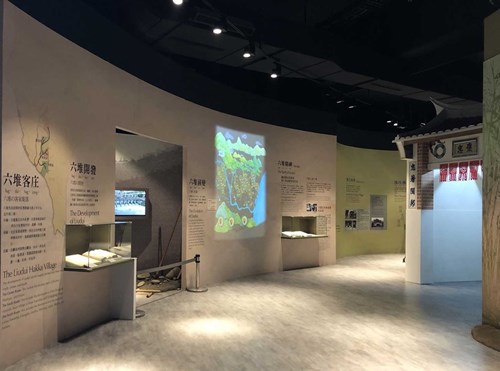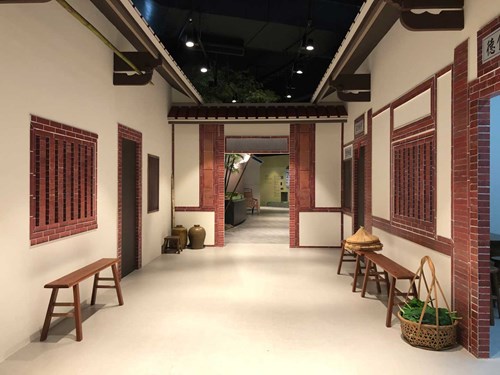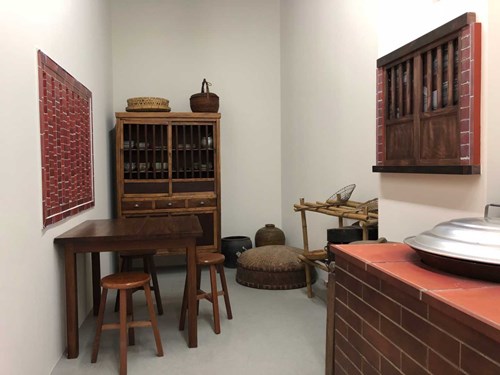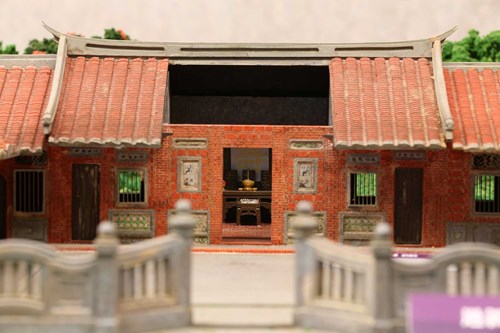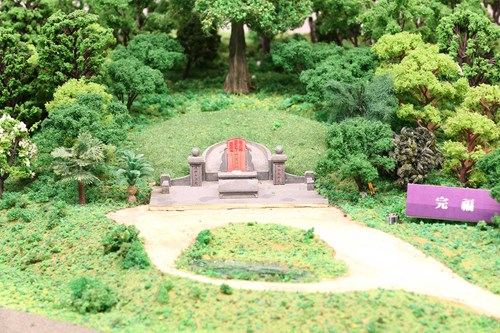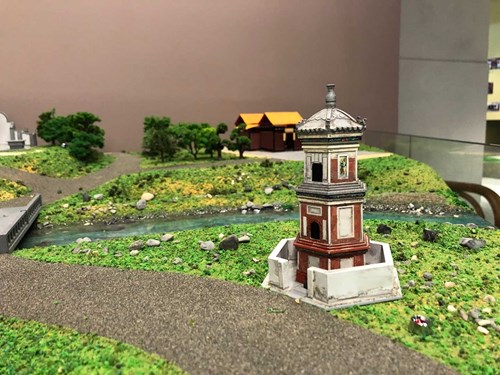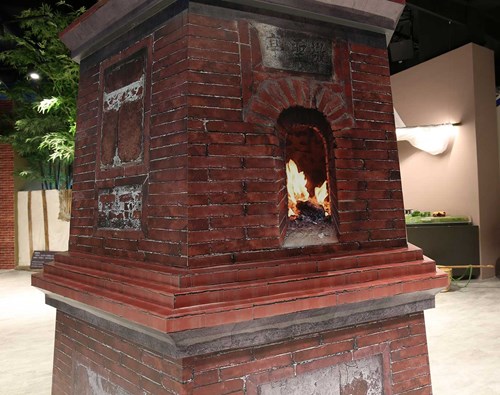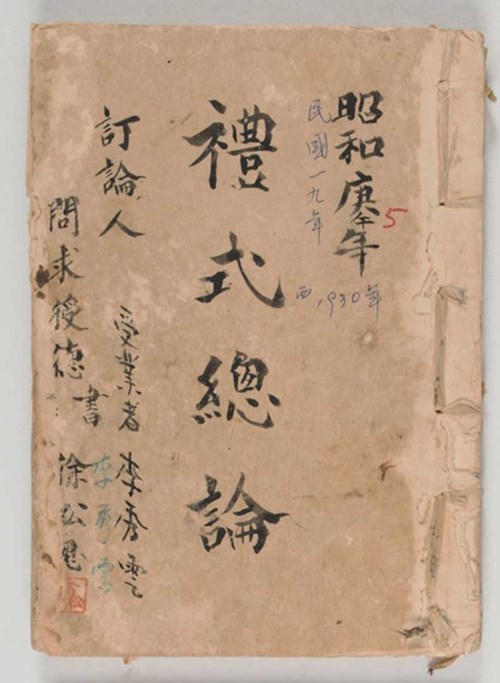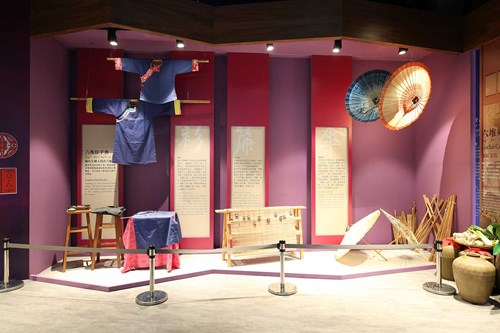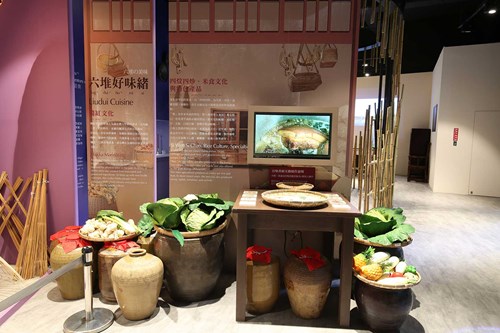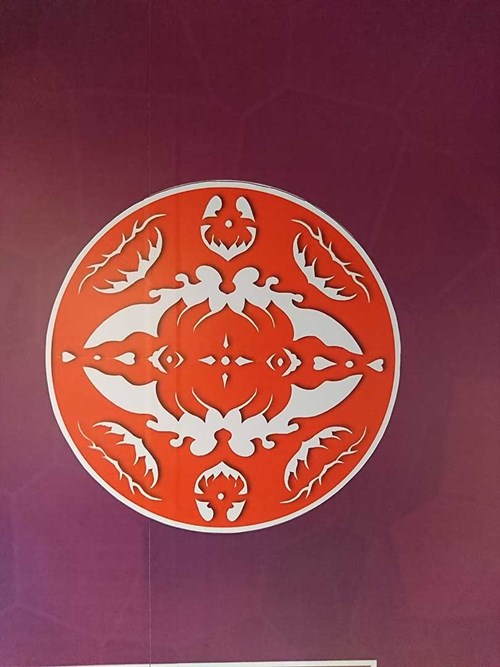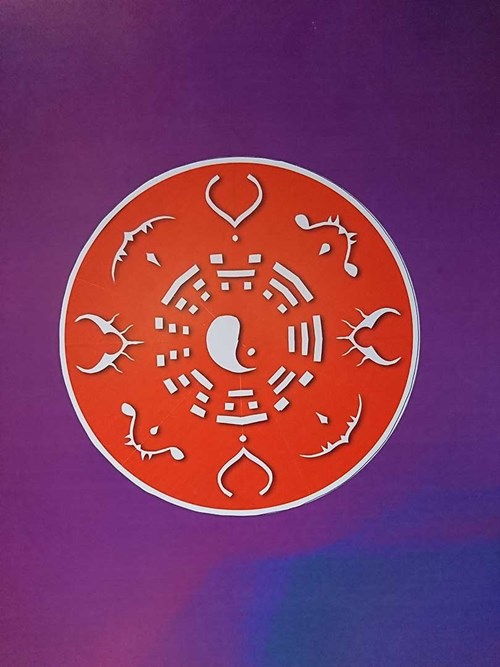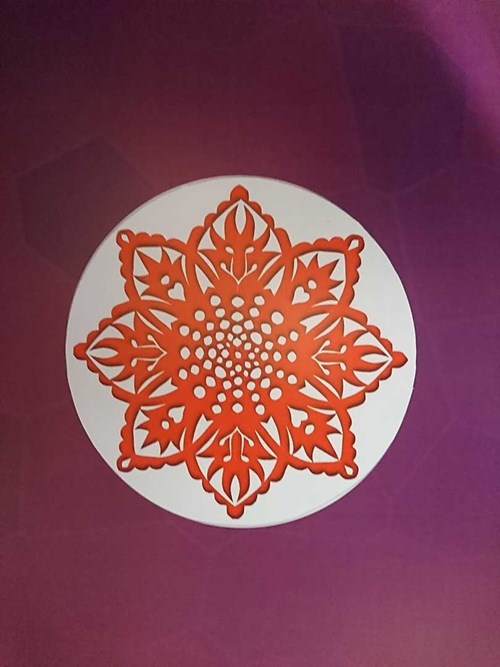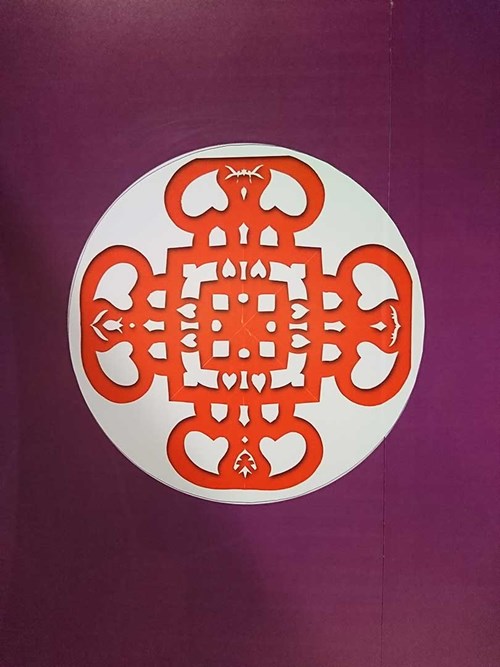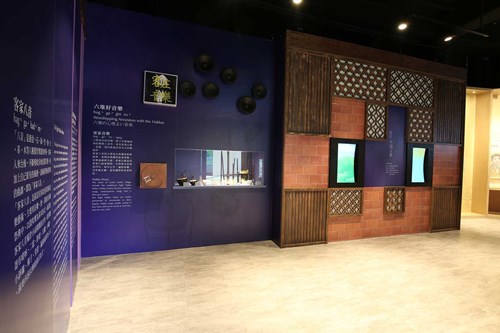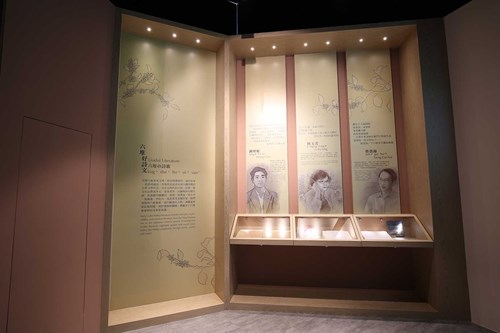Permanent Exhibition
Walking Around Beautiful Liugdui
Location: Liugdui Hakka Cultural Park, Administration Building 1st Floor
Around the year 1700, Hakka people relocated to the Pingtung plains, then still covered with dense forest, courageously settling this new land and from the plains water system creating a rice culture that changed them from a mountain community into a waterside community, and establishing the Liugdui settlement together.
Under the huge changes in the modern social structure, Liugdui people have preserved the cultural assets of ancestor worship, respect for education, and being hardworking and thrifty. In this way they have created new vigor and splendor on this piece of land, and passed their ethnic character down the generations.
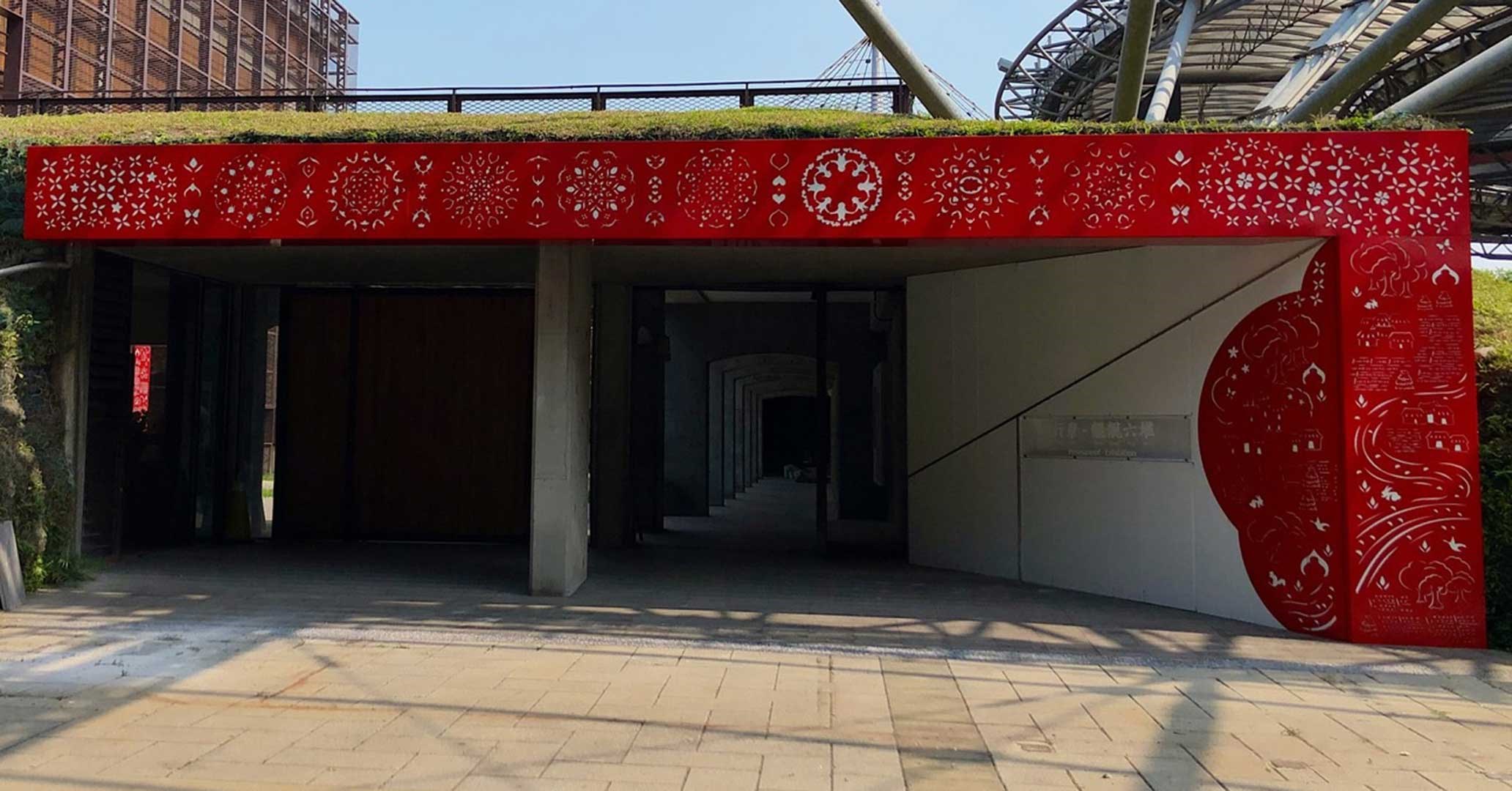
Sailing Towards Hope
Experience the sounds of chatter on departing from the Songkou Old Town wharf, then pass through the ship’s cabin before arriving on the Pingtung plains below Dawu Mountain on a look back on the rough roads traveled by the ancestors, the pioneering years of reclamation. Along the endless flow of the river, the community established a prosperous Hakka settlement. The Liugdui organization that protected the families and homeland in those days past has evolved to the present day to become synonymous with Hakka communities in the Kaoshiung/Pingtung area.
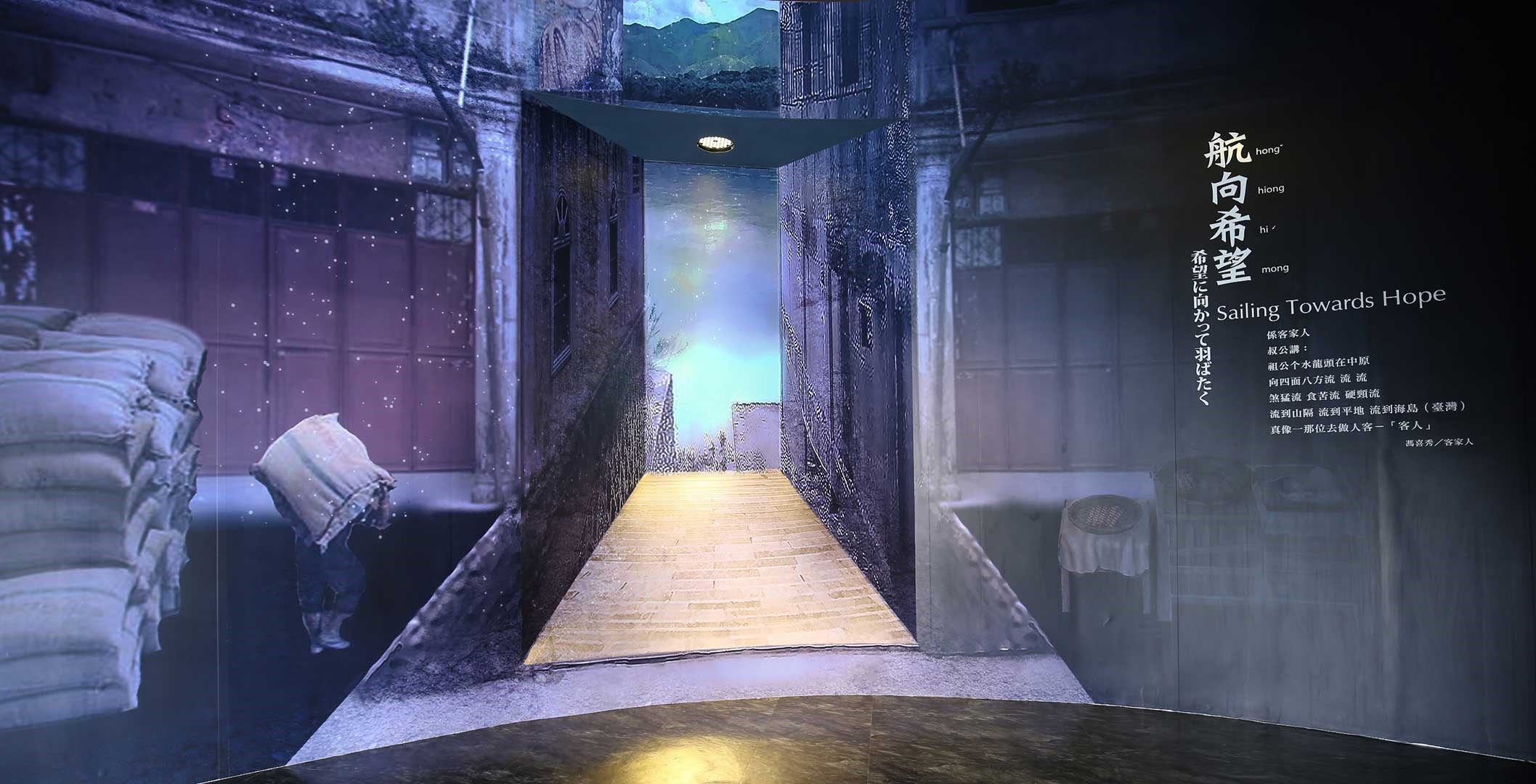
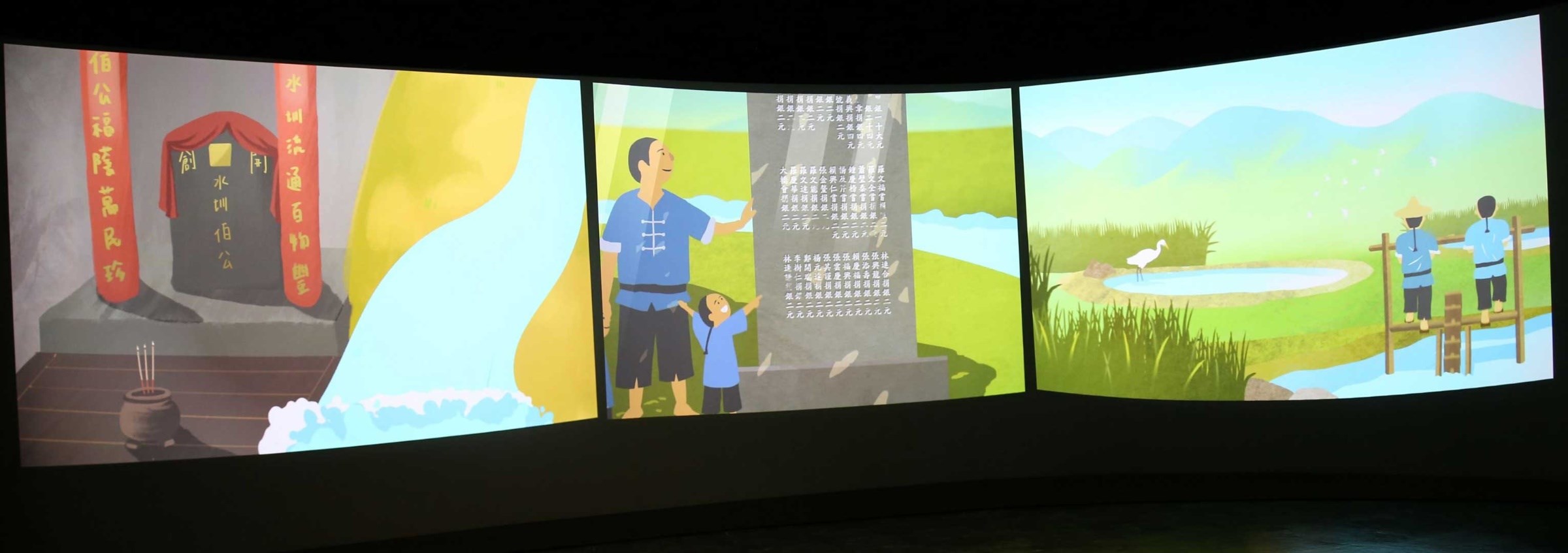
Discovering Liugdui
Standing on the aerial landscape layout of the Pingtung plain, you can compare the Liugdui administrative divisions with the large-scale hand-drawn Liugdui old map and learn the geographical features of the Liugdui Hakka villages. Through augmented reality (AR) interaction, the visitor can further explore the Dawu mountain system and water resources that are closely connected to Liugdui, as well as the distinctive arts and humanities landscape of each village.
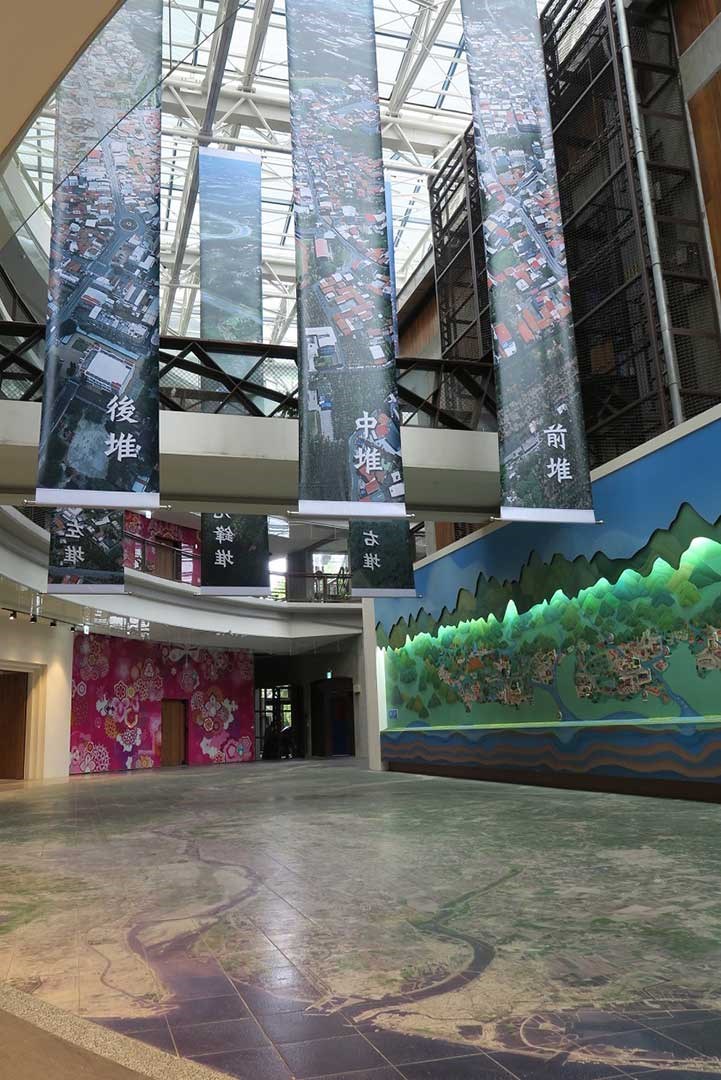
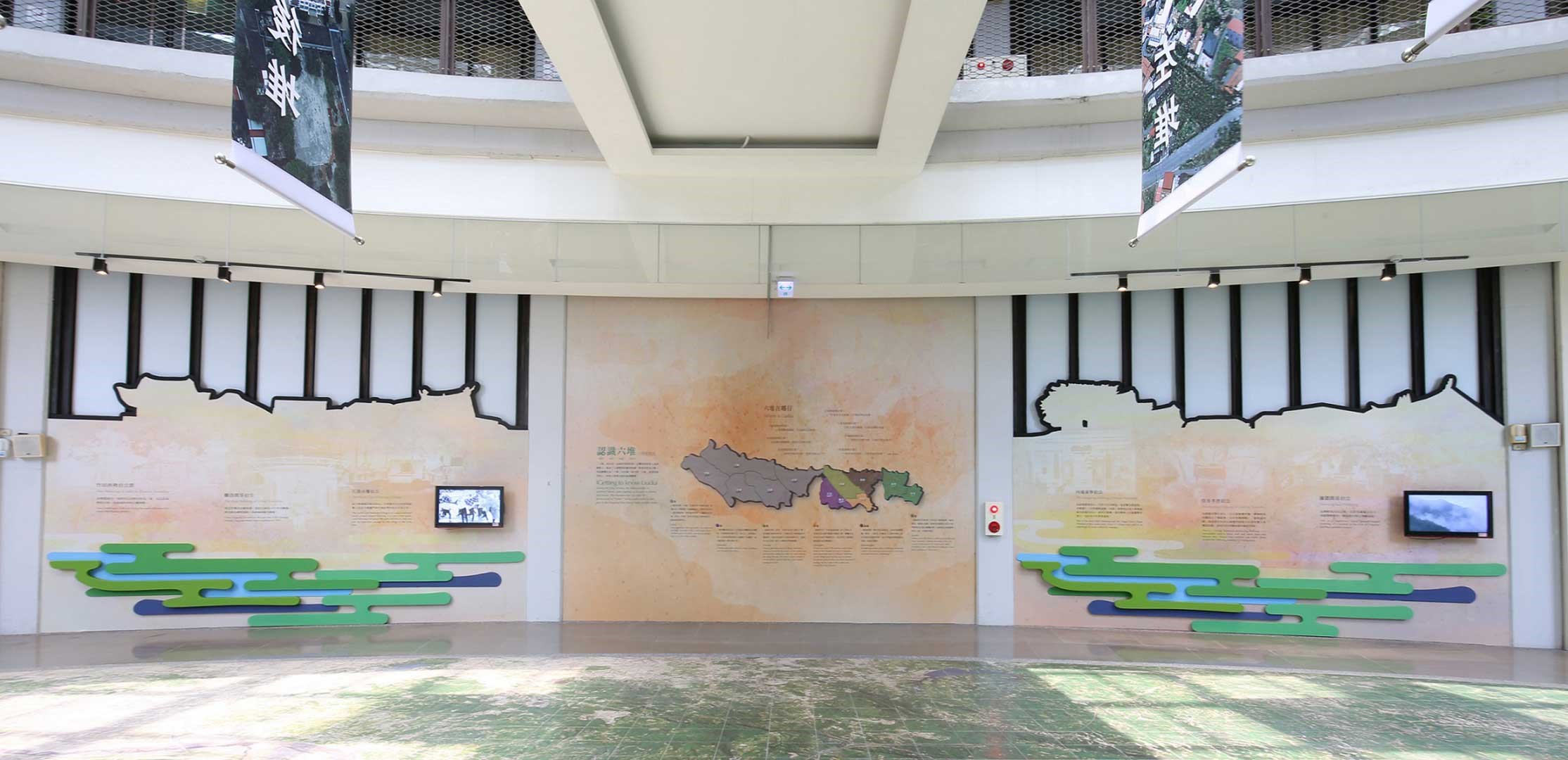
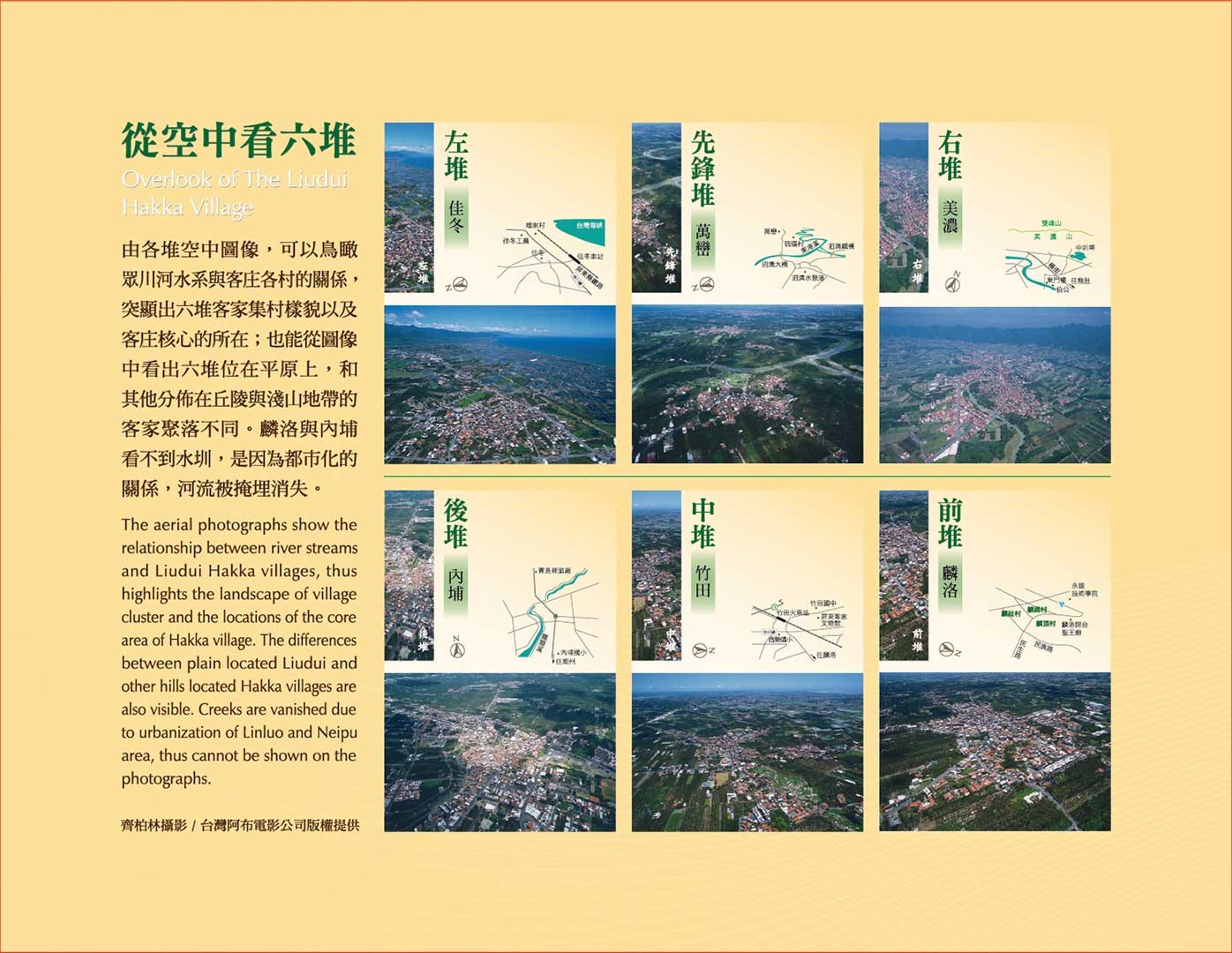
Splendid Liugdui
The forebears of Liugdui generally settled along the Donggang, Linbian and Ailiao rivers, while some went to the north side of the Laonong River and the east side of the Qishan River. Through a touch map, you can see the changes in Liugdui’s hydrology and settlement from the Kangxi and Qianlong periods to the Japanese colonial era and to modern times and understand the transformation of the idea of Liugdui from historical events. The spirit of loving one’s home and unity gave rise to the Liugdui Games, the writing Liugdui and loving hometown movements that embody the core consciousness of Liugdui Hakka identity.
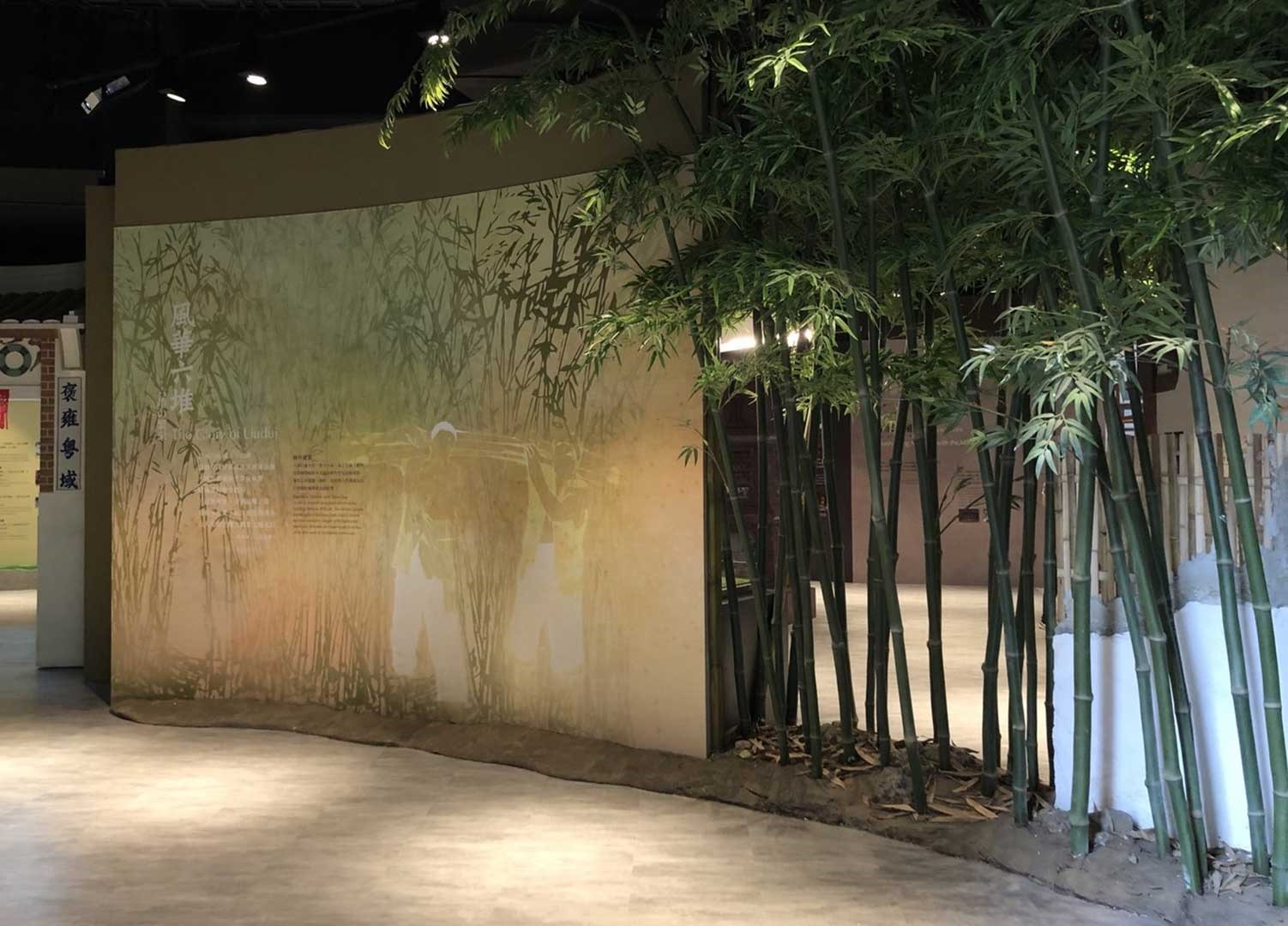
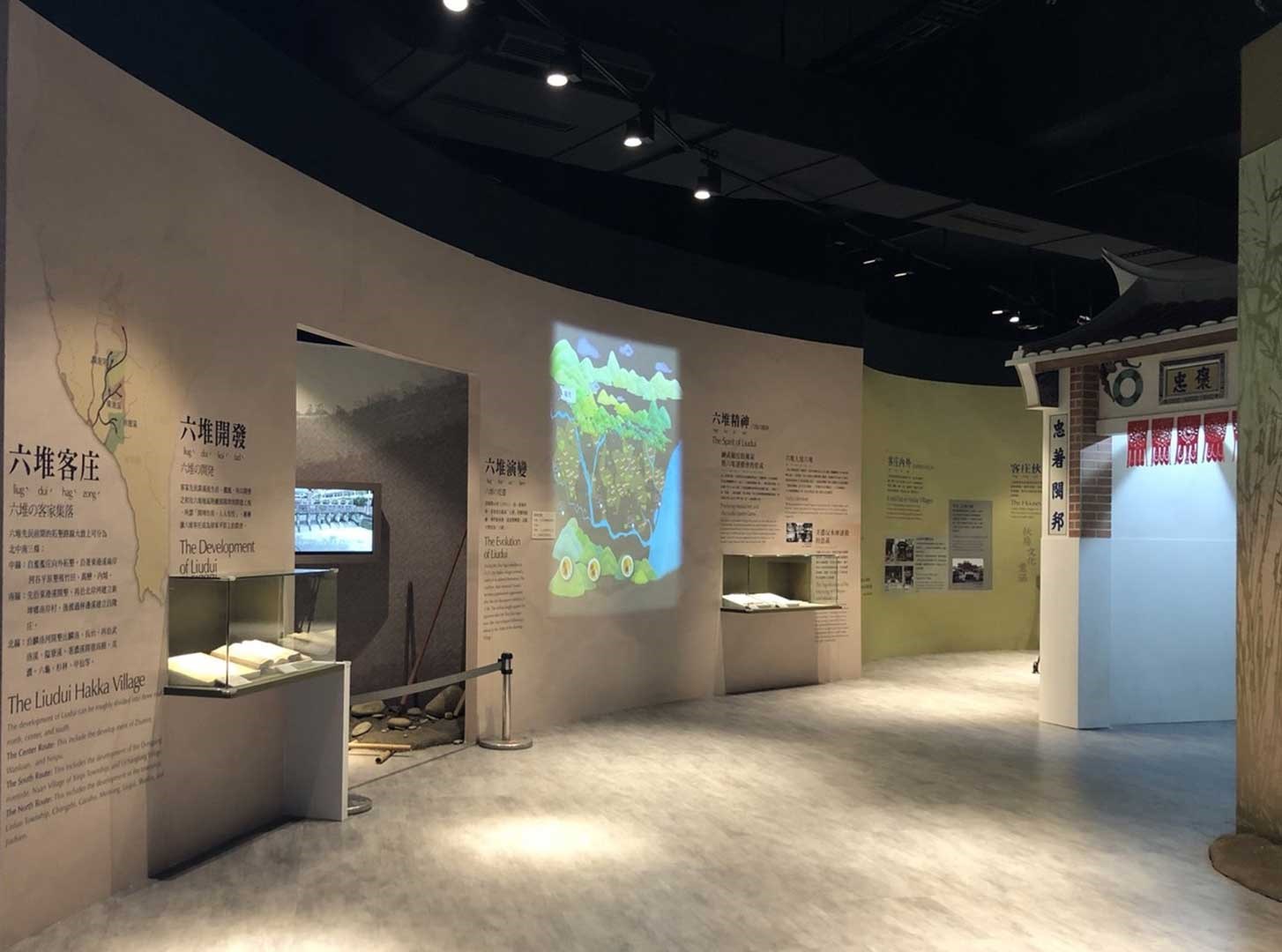
Liugdui Coming and Going
The spatial construction of the Liugdui settlement clearly shows the defensive function the ancestors derived from the local conditions, while the compact arrangement of the family rooms, which have both functional convenience for the family’s daily lives and the feng shui connotations of inheritance and reproduction, shows a unique appearance very different to what may be found in other Hakka regions.
The tang hao (hall names), ancestral halls and clan share-holding worship associations show Hakka people’s awareness of their roots, while the “Respect Words” pavilion, the Changli Temple and house texts embody the Hakka tradition of respect for culture and learning. Experience an interpretation of Hakka culture through the time-honored rituals Hakka villages performed year on year.
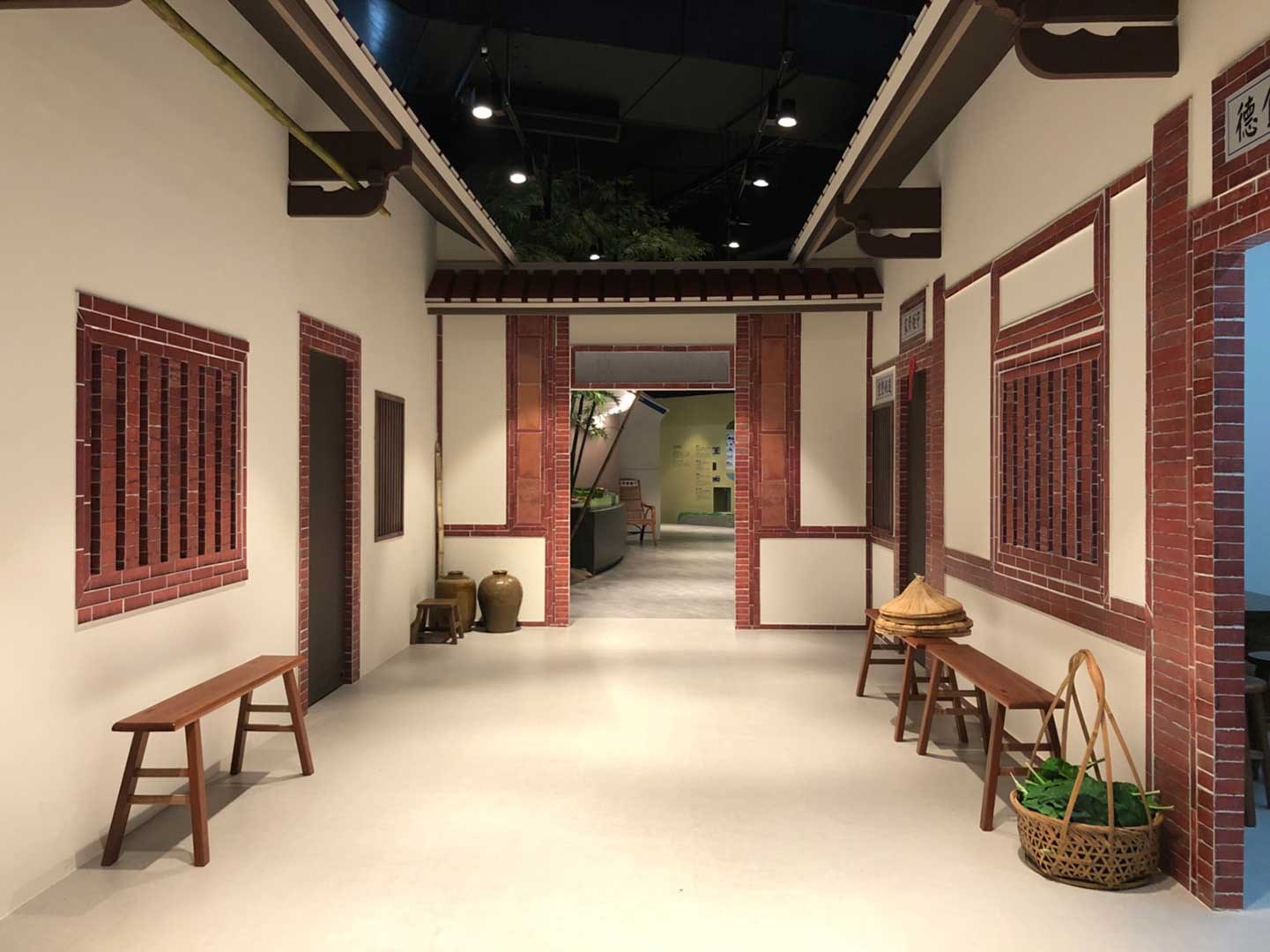
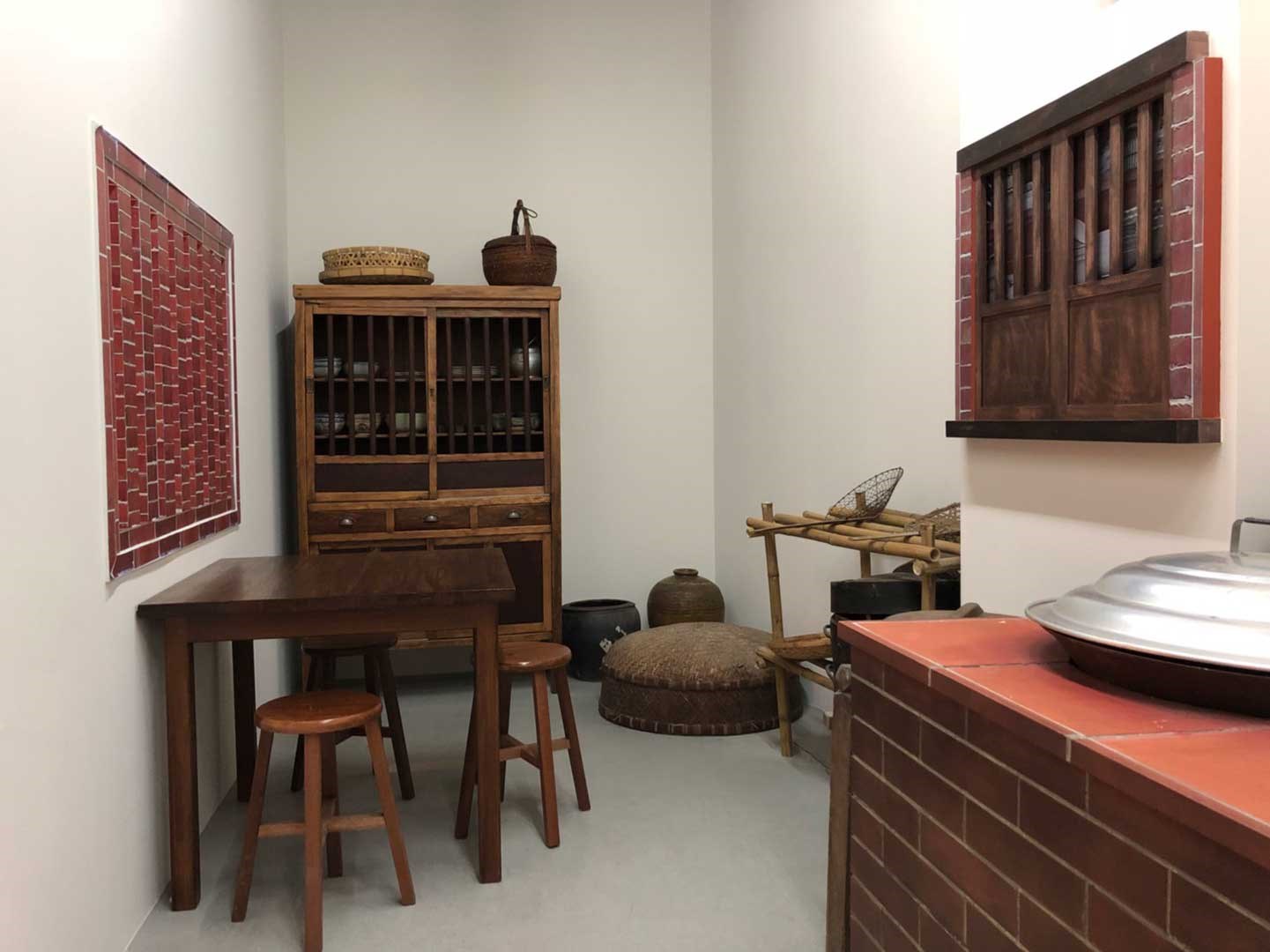
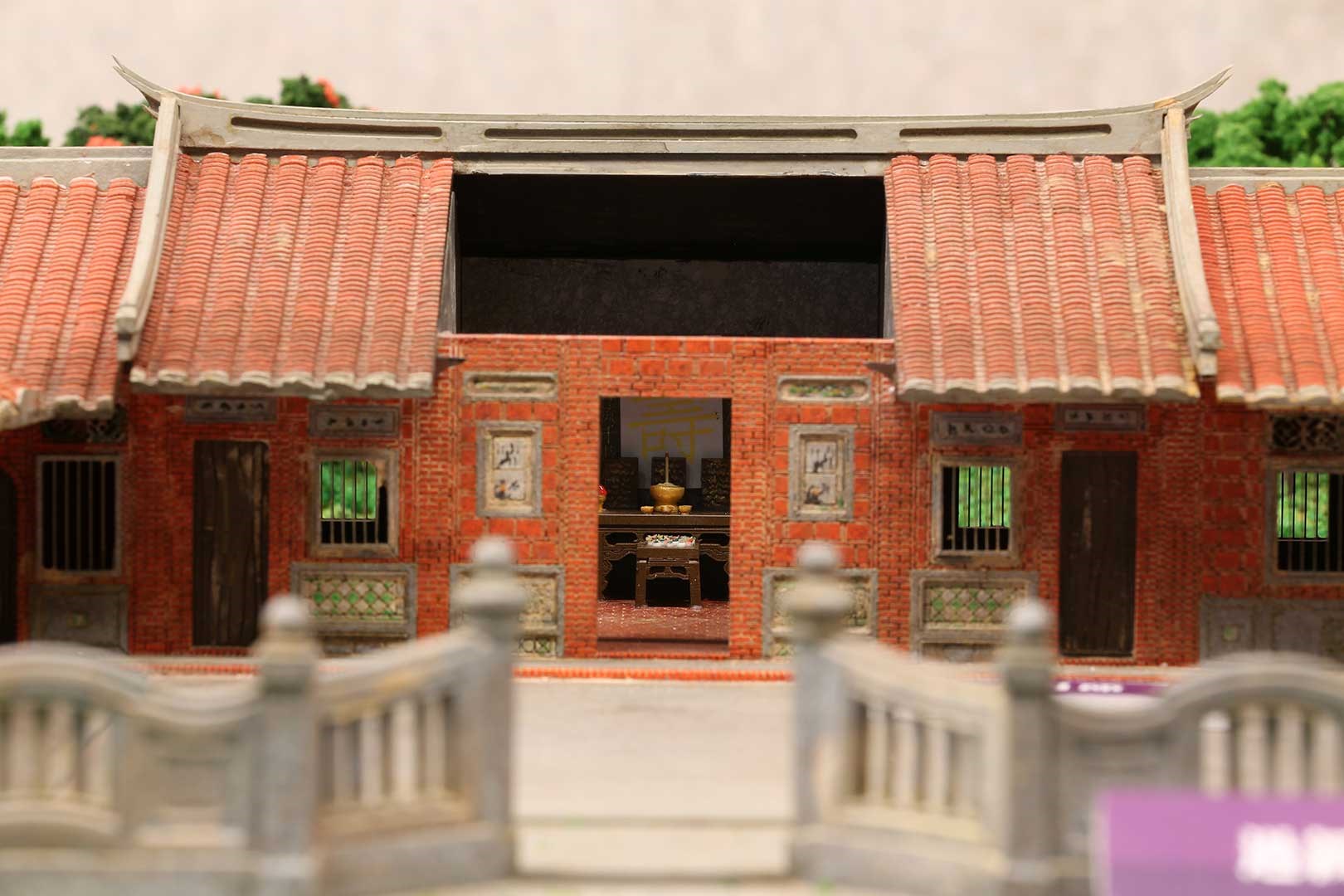
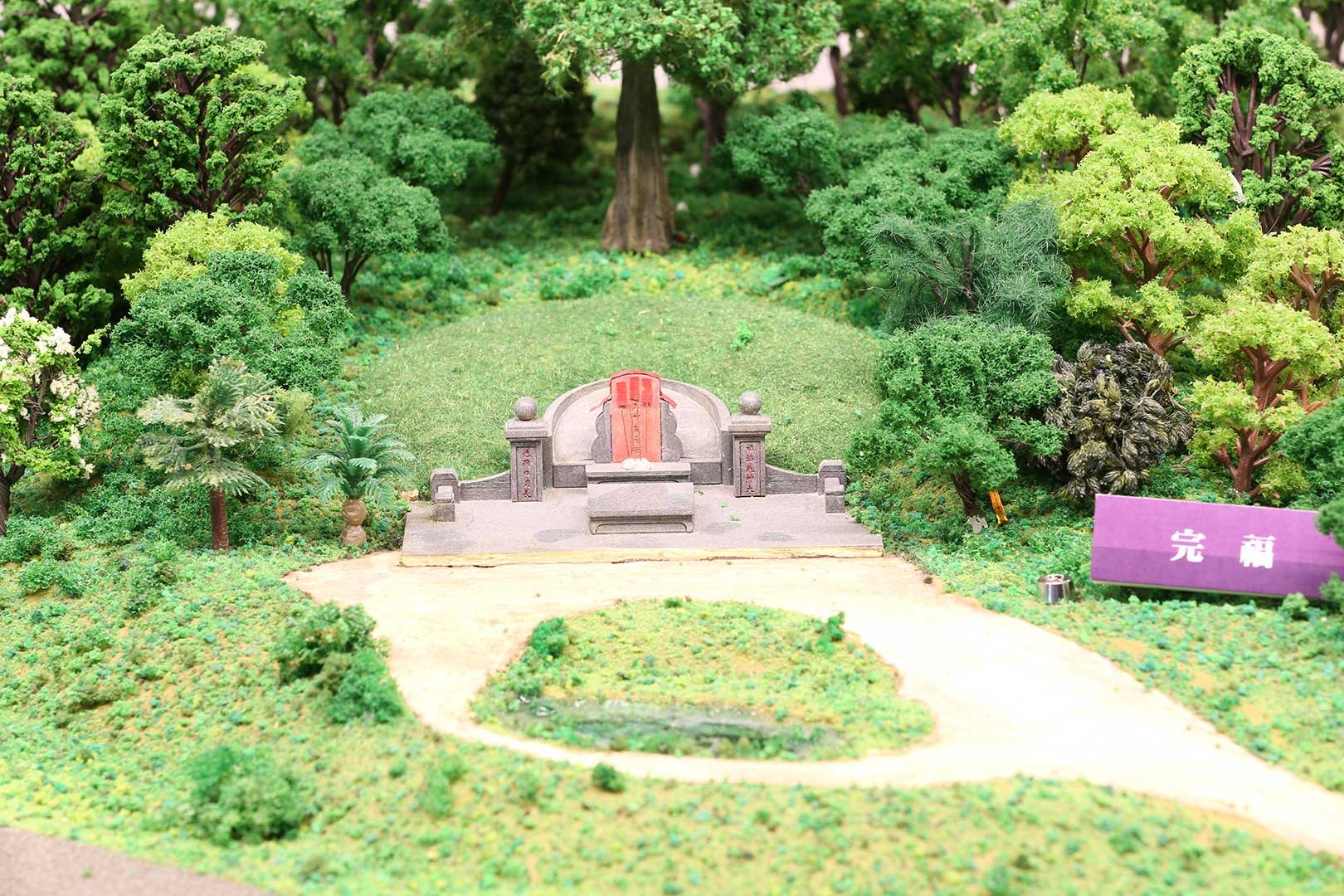
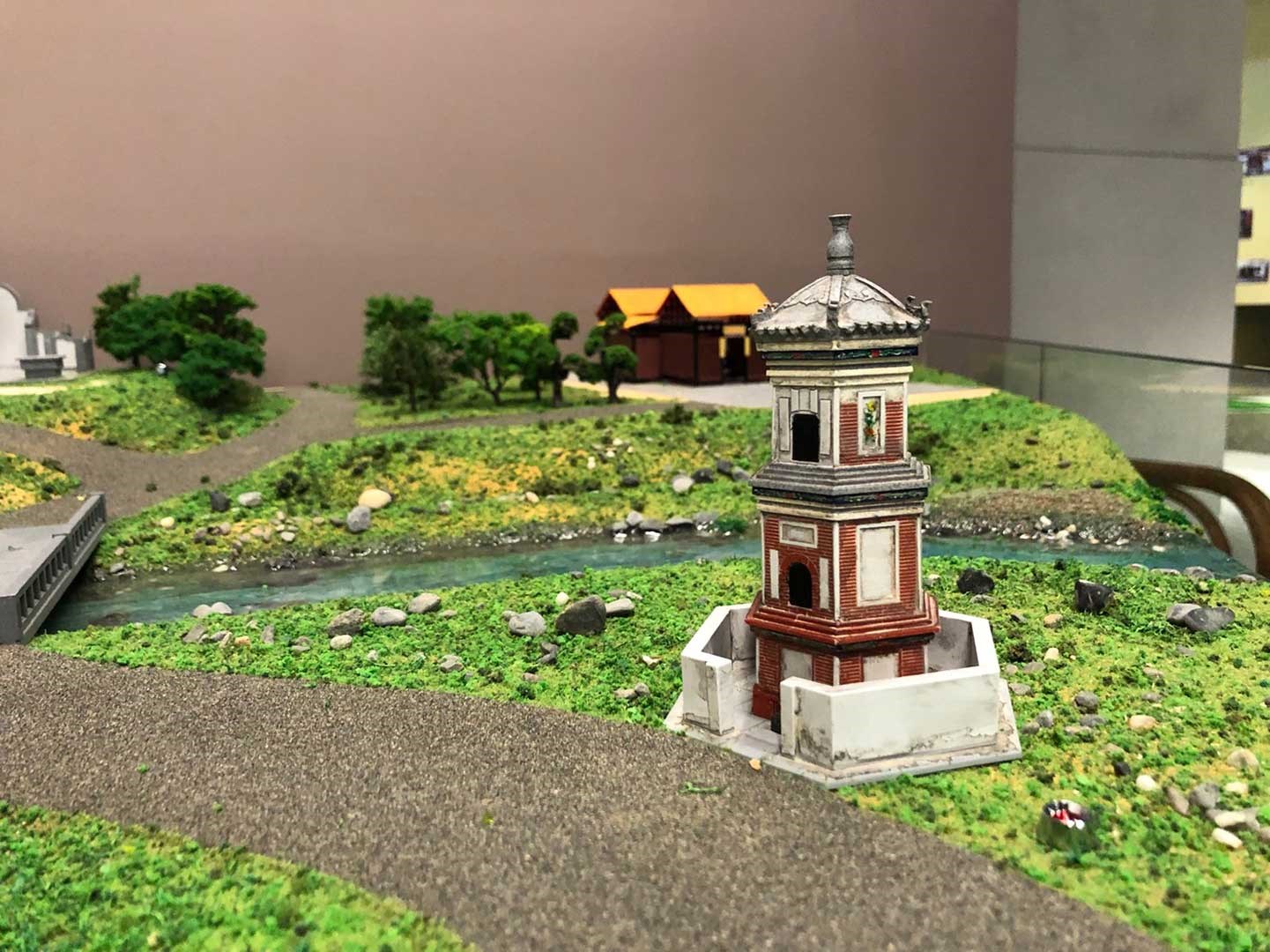
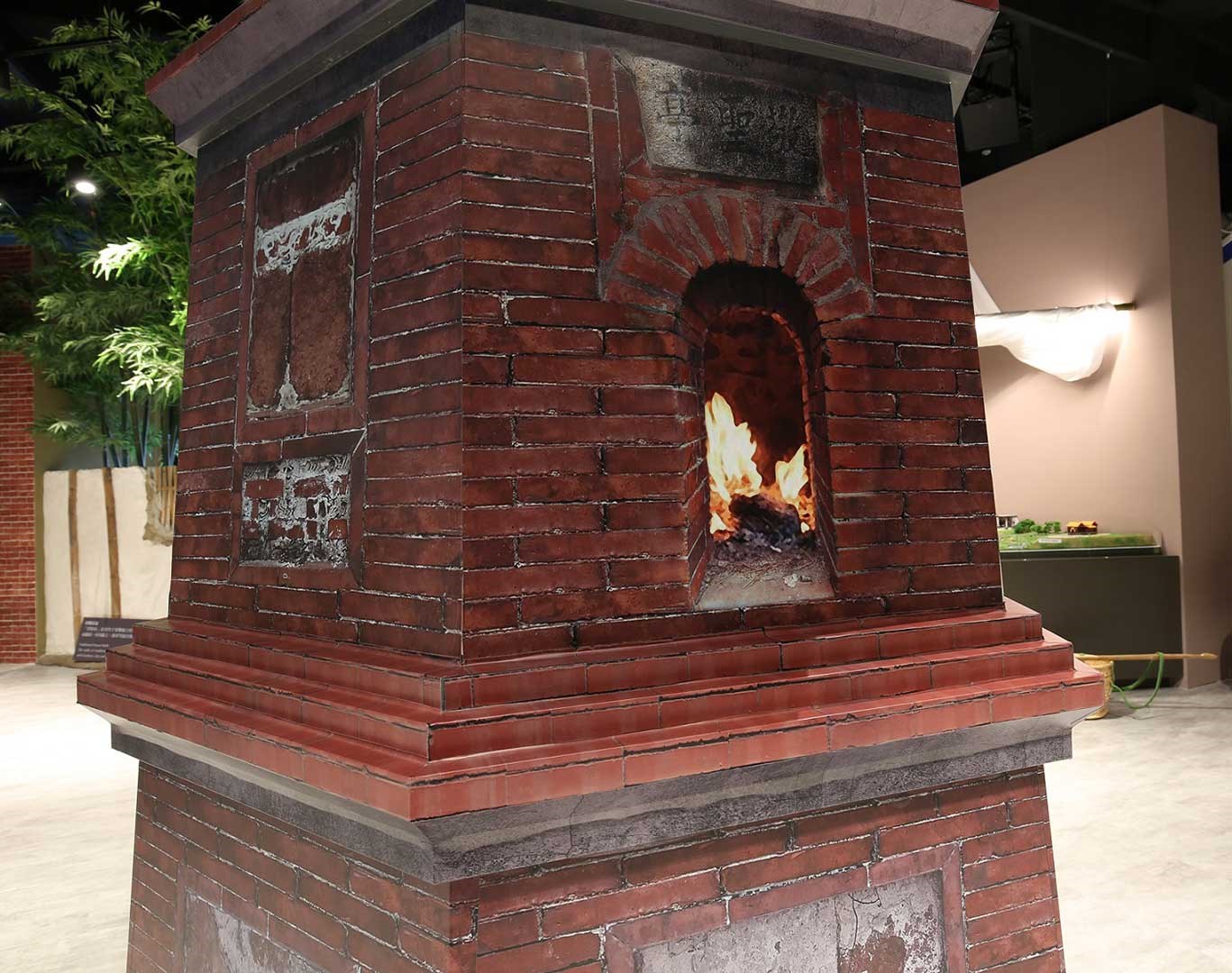
Joyous Liugdui
Hakka crafts that mainly served to meet the needs of daily life, salty sesame oil dishes, sauce jar ingredients and rice snacks, reflect the frugal traits of Hakka people. The way symbols are transformed through papercutting carries a form of emotional communication.
Modern Hakka people no longer only have the “pa yin” music for festive rituals, rather Liugdui’s humanities and arts are beautifully displayed to all through all types of music and literary compositions to let everyone have a deeper understanding of Liugdui Hakka culture.
